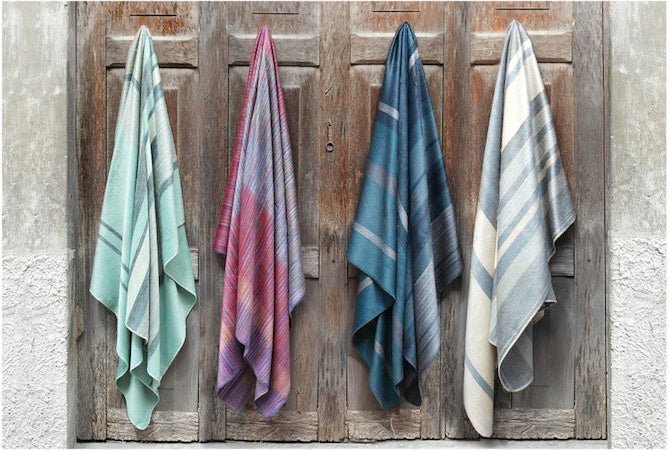How To Take Care of Your Alpaca Clothing in 6 Easy Steps

Alpaca fiber is truly one of nature’s wonderful gifts. South American cultures have been embracing this special fiber for centuries now and successfully enduring the coldest weather of the Peruvian Highlands. And it’s amazing we now get to enjoy this premium fiber that is thermic, lightweight, silky, hypoallergenic, and of course, luxuriously soft. But for you to continue indulging in the many benefits of alpaca fiber, it is essential that you learn how to properly take care of it. Although the fiber is incredibly durable, you can damage it in your first attempt at washing. Below, we’re sharing tips on how to care for your alpaca products because we know that caring for these garments means they’ll be there to lend cozy comfort for many, many years to come.
Washing Alpaca Clothes
It is important to note that alpaca wool, to a large extent, has the ability to self-clean naturally. Because of its hollow fibers, alpaca does not absorb dirt or odors. This means they do not need to be washed often! Simply air your clothes outdoors after a day of wearing them.
When it’s time for a proper wash, handwashing is the gentlest and best method of cleaning your alpaca garments. Here is a set of instructions for handwashing, helping you add plenty more years to the life of your precious alpaca clothing.
- Use a clean tub or sink and fill with cold water and a small amount of mild liquid detergent or baby shampoo (or any product with a formula for fine fibers). Do not use hot water or even varying degrees of water temperature since this will shock the fibers, causing them to mat together or weaken. You do not need fabric softeners as well.
- Soak the clothes for 3 to 5 minutes, gently pressing excess water from the garment. Avoid wringing, twisting, or scrubbing which can cause felting.
- Rinse the clothes twice in clean, cold water. Always handle them with care to avoid distortion. It’s also normal for dyed garments to bleed. Don’t worry!
- While supporting the weight of the garment, lay it between two towels, and roll them up to set aside for a few minutes.
- On a flat surface, place the garment on a dry towel (you may also use a sweater rack) and reshape. Do not hang to dry, and let it dry away from sunlight or other heat sources like radiators. Air-dry naturally only.
- Once dry, fold it carefully. Never hang your alpaca garments as it can stretch out the fabric. Lay them flat in a drawer or shelf. You may also lightly steam them from a distance or without placing an iron directly on the garment before folding to remove any wrinkles.
Note: Always check the tags to ensure you are treating the garment properly. In some cases, dry cleaning is recommended for certain garments (e.g., structured coats and jackets) because of particular workmanship. Always bring along the care tags and labels of your clothing when heading to the dry cleaners, and be sure to point out any spots or stains so they can use the best method for removing them.
Storing Alpaca Clothes
Alpaca clothing may be more durable compared to other fabrics, but its greatest enemies are moths which can cause damage while in storage. Be sure to first clean your garments prior to storing them since pests are drawn to oils and dirt on fibers.
Sealing the garments can help, but do not use plastic or dry cleaning bags. This will lead to a build-up of moisture, causing the fibers to felt. Instead, use clean and breathable pillow cases, paper bags, or shirt boxes to store your clothing. This will allow air to keep circulating through the garments.
To guard against moths, use insect-repelling cedar chips or lavender bundles and place them in your storage area.
Every month, it is recommended to shake out your garments and leave in bright sunlight. The life cycle of a moth is 21 days and larvae are strongly repelled by light. When exposed to sunlight, they will fall from your clothing.
Take good care of your alpaca so it can take care of you too!
